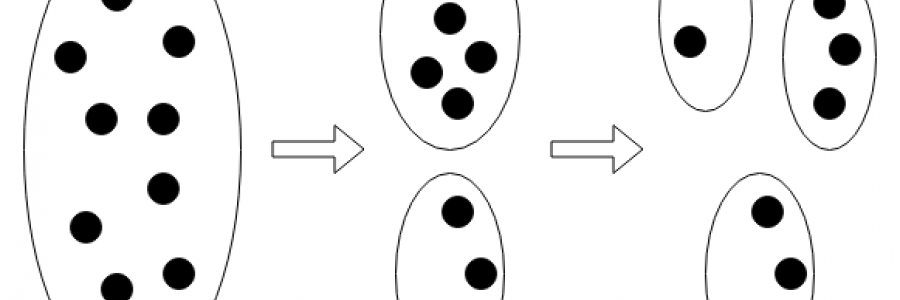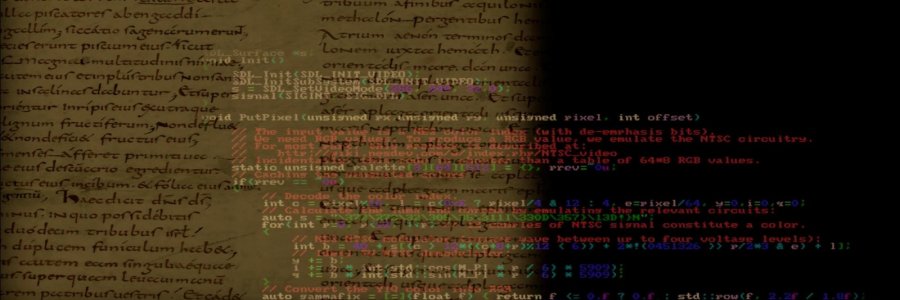The Variational Autoencoder (VAE) is a not-so-new-anymore Latent Variable Model (Kingma & Welling, 2014), which by introducing a probabilistic interpretation of autoencoders, allows to not only estimate the variance/uncertainty in the predictions, but also to inject domain knowledge through the use of informative priors, and possibly to make the latent space more interpretable. VAEs can have various applications, mostly related to data generation (for example, image generation, sound gene…
Il calcolo automatico delle derivate è in assoluto "il cuore" di qualsiasi framework di deep learning. Esso permette di rendere completamente automatico (ed efficiente) uno dei meccanismi più complessi nell'uso di reti neurali, la back-propagation. Negli ultimi anni abbiamo visto la diffusione di strumenti di differenziazione automatica (autodiff) sempre più complessi e modulari, di pari passo con i progressi e successi del deep learning. Allo stesso tempo, nonostante la sua importanza, l'autodiff è un tema relativa…
In questo articolo vengono descritti i concetti di base della Cluster Analysis ed alcuni tra gli algoritmi più importanti e rappresentativi delle tecniche principali ad oggi utilizzate. Lo scopo è quello di far comprendere la finalità della suddivisione in cluster ed i meccanismi che si celano dietro la loro costruzione.
Focus-on is our exclusive series of articles describing cutting-edge projects exploiting machine learning in Italy and around the world. Our initial installment is devoted to In Codice Ratio, an interdisciplinary research aiming at the analysis and knowledge discovery of historical documents taken from the collections of the Vatican Secret Archives. Our guest writer is Continue Reading...
In the age of the 'big ones' (TensorFlow, PyTorch, ...), introducing and studying a new machine learning library might seem counterproductive. Yet JAX, a brand new research project by Google, has several features that make it interesting to a large audience. Firstly, it looks like a NumPy wrapper, making the transition from this library almost immediate. Secondly, it makes efficiency one of its strengths, thanks to the transparent use of XLA, a linear algebra accelerator originall…





